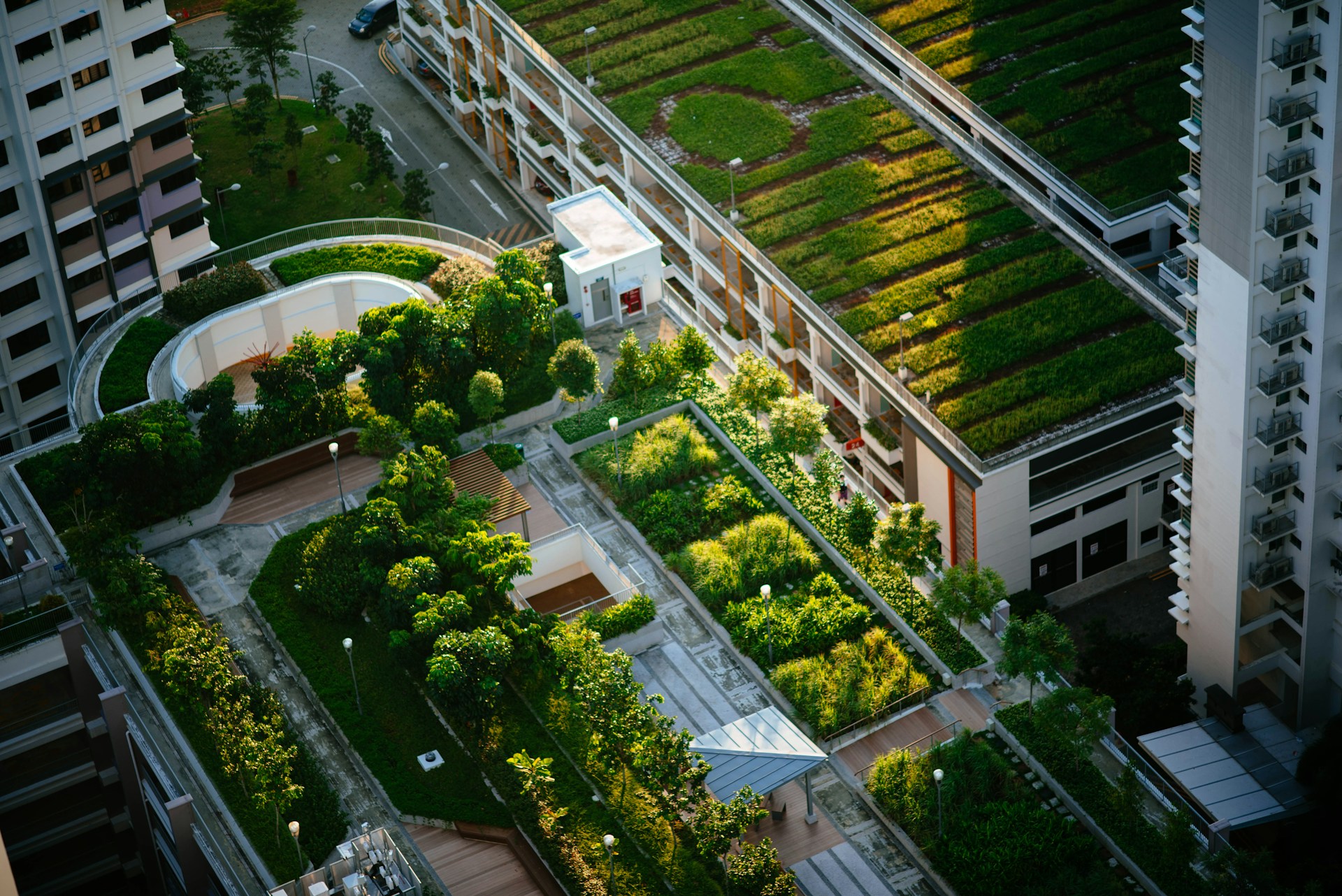The increasing necessity for sustainable living and green initiatives has prompted the rise of community gardens in urban areas. Community gardens are a great way for the people to participate actively in environmental conservation while creating pockets of greenery in the concrete landscape of the city. In this article, let’s explore how to initiate a community garden in a UK urban district.
Identifying Potential Spaces
Before you can establish a community garden, the first step is identifying a suitable public space. Ideally, look for unused or underdeveloped land that is easily accessible to the local community. The space should have adequate sunlight, and a reliable water source nearby. If the land is owned by the city council, you will need to approach them for necessary permissions.
Avez-vous vu cela : Transform your balcony with trendy pots that impress
In cities like London, where space is at a premium, it may not always be possible to find large tracts of land. However, small spaces, rooftops, and even balconies can be turned into productive mini-gardens. The point is to tap into the creative potential of the urban landscape and make it work for the benefit of the local community.
Engaging the Local Community
A community garden is not just about growing food; it’s also about fostering a sense of community. To make your garden a success, it’s vital to engage the local people in the planning and execution stages. Organize meetings, distribute flyers, and use social media to spread the word about your initiative.
En parallèle : How can UK citizens participate in the 2023 national biodiversity survey?
Community involvement will not only ensure that the garden is well maintained, but it will also give the people a sense of ownership and pride in their local area. Remember, gardening is a human activity that connects us back to our roots in agriculture, and it can be a therapeutic and rewarding experience for many.
Planning the Garden Layout
Once you have a location and community support, the next step is to plan your garden layout. This will depend on the size and shape of the land, the type of plants you want to grow, and the needs of the community.
You might want to consider allotment-style gardening, where each participant gets a plot of land to cultivate. This can be a great way to encourage individual ownership and responsibility. Community plots, where everyone works together to maintain the space, are also a good option.
Remember to consider the needs of different community members. Ensure there are spaces for children to learn and play, wheelchair-accessible paths, and seating areas for the elderly.
Securing Funding and Resources
A community garden requires funding for initial setup and continued maintenance. Consider approaching local businesses for sponsorship or organize fundraising events within the community. In many cities, there are also grants available for green initiatives, so it’s worth looking into this.
Resources like seeds, gardening tools, compost, and water tanks can also be donated or shared among the community members. Encourage everyone to contribute in whatever way they can, whether that’s through time, money, or resources.
Implementing Sustainable Practices
The final step in initiating your community garden is implementing sustainable gardening practices. This includes composting organic waste, using natural pest control methods, and harvesting rainwater.
The aim is not just to create a green space, but to do so in a way that benefits the environment and promotes sustainable living. By teaching these practices, you’re helping your community become more aware of their role in protecting the planet.
Remember, community gardens are about more than just the space – they’re about the people who come together to create and maintain them. They provide a unique opportunity to engage with your local community, promote sustainable living, and transform urban areas into green spaces. So, if you’re considering initiating a community garden in your local UK district, start your planning today!
Optimizing the Benefits of Community Gardens
Community gardens are not just about creating spaces for urban agriculture; they also offer numerous ecosystem services, contributing to a better quality of life in urban areas. These benefits extend beyond the garden itself, benefiting the wider urban district.
Firstly, community gardens are vital for mitigating the impacts of climate change. They absorb rainwater, reducing the risk of flooding, and can also help combat the urban heat effect by providing shade and reducing air temperature. Green roofs are an excellent example of this; they provide a cooling effect and can significantly reduce energy usage in buildings, leading to lower carbon emissions.
Secondly, community gardens have a significant impact on air pollution. The plants in the garden absorb harmful pollutants, improving the quality of air in the locality. According to a study in the United States, urban green spaces can help to reduce the concentration of nitrogen dioxide by up to 40%.
Moreover, community gardens contribute to the preservation of biodiversity in urban areas. They provide a sanctuary for various species of plants, insects, and birds, thereby enriching the urban ecosystem.
Lastly, there is a growing body of evidence suggesting that exposure to green spaces positively impacts human health. Community gardening can provide physical exercise, reduce stress levels, and improve mental well-being. Not to mention, these gardens can improve nutrition if used for growing fruits and vegetables.
Therefore, while establishing a community garden, it’s crucial to optimize these benefits. Encourage the planting of a diverse range of plants to support local wildlife, implement green roofs where possible, and use the space for educational activities about the environment and healthy living.
Conclusion: The Future of Urban Spaces is Green
As we grapple with the adverse effects of climate change and urbanization, the onus is on us to reimagine our urban districts. Community gardens offer an effective solution, transforming open space into vibrant, green infrastructure that benefits people and the environment.
Initiating a community garden in a UK urban district is not just about converting an unused plot into a garden; it’s about building a resilient, sustainable, and inclusive community. It’s about instilling a sense of belonging among the community members, encouraging them to participate in urban green initiatives, and teaching them the importance of living sustainably.
These green spaces become a hub for community interaction, learning, and relaxation. They provide an opportunity for urban dwellers to reconnect with nature, promote biodiversity, and improve the local microclimate.
So as we move forward into 2023 and beyond, let’s make community gardens a priority. Whether it’s a small allotment garden, a green roof, or a large open space, each garden contributes to making our urban districts more liveable and resilient in the face of climate change.
Remember, a green future begins at the grassroots, in our local communities. By initiating a community garden today, you’re not just planting seeds for plants – but for a healthier, greener, and more sustainable tomorrow. Let’s make our urban districts bloom with the promise of a better future.






